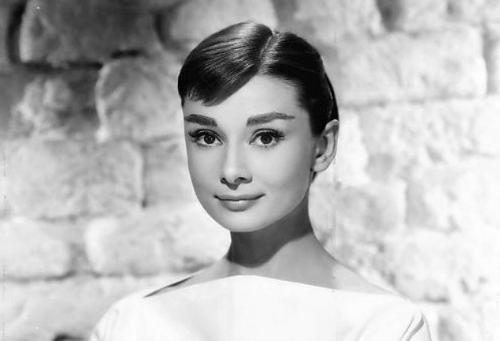So, you’re thinking about a new life abroad? You’re probably spending hours researching your destination country and working out how to apply for jobs. Yet, even in the midst of all this careful planning, there may be a little voice of doubt.
There may be a worrying nag in the back of your mind, all silly questions and horrible ‘what if’ scenarios in which your dream lifestyle goes all wrong. Ignore that voice and listen to us: plenty of people have gone and done this before.Expats have been trotting the globe for centuries; if they can do it, so can you.
So chin up, take a deep breath and think of all the exciting, positive, life changing things you’re going to do. After all, some of the world’s most inspiring individuals were expats: leading lights of art and science, politics and literature, these geniuses were leading in their field thanks to their time spent abroad.
So before you carry on packing for your exciting new live, take a moment to be inspired by history’s greatest expats.
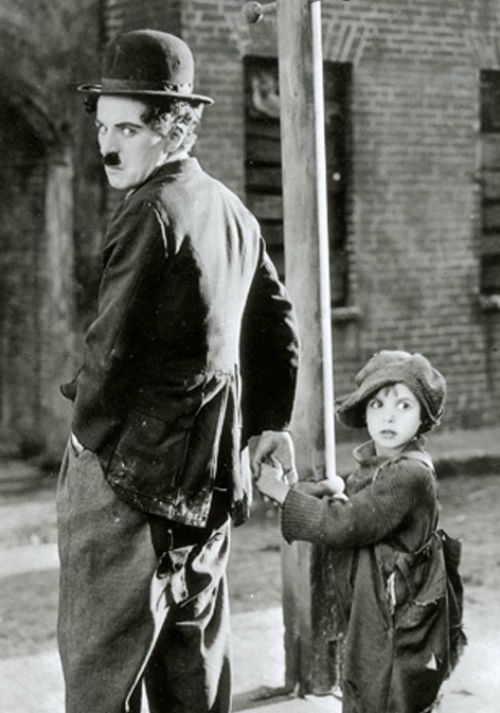
© First National Pictures
This icon of American cinema was actually born into poverty in Victorian London. Both his parents were music hall performers, but by the time Chaplin was seven his father had abandoned the family, his mother was suffering mental health problems and young Charlie was sent to the workhouse.
By the age of thirteen Chaplin had left education and was caring for his mother, who was in and out of asylums. The only positive thing was his budding stage career.
Originally starting as a dancer, Chaplin quickly found a knack for making audiences laugh, which led to a tour of US theatres and an auspicious meeting with a cinema talent scout.
Chaplin’s rise to fame was meteoric, with his Little Tramp character winning the hearts of global cinema audiences. That’s not to say stardom was the man’s only quality. Chaplin gambled his fame and fortune to make The Great Dictator, a movie that lampooned Adolf Hitler and pleaded for America to oppose Nazi Germany at a time when such ideas were deeply unpopular.
Chaplin was also remembered for his generosity. The child star of The Kid, Jackie Coogan (pictured above), saw his earnings squandered by his parents. Left nearly destitute, Coogan approached Chaplin for help, who handed him the equivalent of US$16,000 without hesitation.
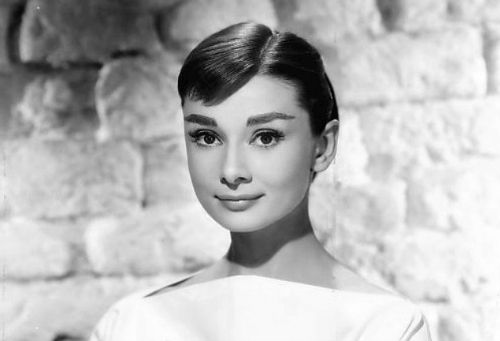
© Bud Fraker
The daughter of an aristocrat and a diplomat, Hepburn grew up speaking five languages and studied ballet to a high level. When war broke out Hepburn’s family moved to the Netherlands, hoping that the country’s neutrality would spare it from the fighting.
Sadly the family’s new home fell under Nazi control, Hepburn’s half-brother was sent to a work camp and young Audrey watched Jewish children deported to concentration camps. The Dutch people were starving during this time and Hepburn suffered acute anæmia, respiratory problems, and edema.
As soon as she recovered Audrey set to work undermining the Nazi occupation, running messages and packages for the Dutch resistance. She starred in secret ballet performances, held to raise money for the resistance movement.
After the war Hepburn moved to London to pursue her ballet career, but was discovered as an actress, leading her to Hollywood.
Even after her movie star career took off, Hepburn remained haunted by her wartime experiences. She remained devoted to UNICEF, working as an ambassador for the organization until her death.
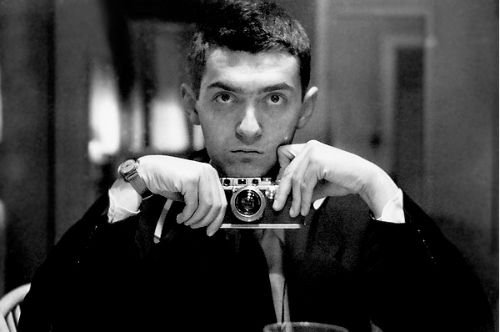
© Stanley Kubrick
The maestro of cinema was a born and bred New Yorker, but he made is home, and many of his classic movies, in London.
A mediocre student, Kubick was easily bored by school and spent most of his time skipping lessons to watch movies at the local cinema. At the age of thirteen his father gave Kubrick his first camera, which sparked a love of imagery.
Unable to get a spot in college, Kubrick began working as a freelance photographer, shooting jazz musicians including Frank Sinatra and travelling to Europe on assignment.
At a chance meeting over a game of chess, Kubrick met a producer who spotted his talent and funded his films until his breakout hit, Spartacus. It was his next film, the controversial Lolita, that brought Kubrick to England.
Kubrick’s career went from strength to strength, with Dr Strangelove, 2001: A Space Odyssey and A Clockwork Orange all being made in London. Although he moved the production of The Shining to Oregon, Kubrick insisted on shooting Full Metal Jacket in London, importing 200 palm trees to turn Beckton into Vietnam.
A workaholic, the master director moved his family to a stately home in Hertfordshire, which became an edit suite, workshop and writing studio. He died at the home at the age of 70.
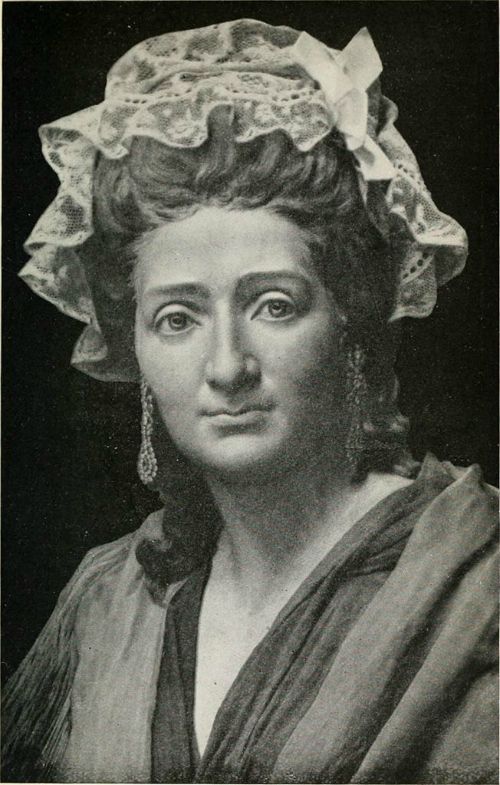
© John Theodore Tussaud
Born Anne-Marie Grosholtz in 1761, she is known now as she was at the peak of her fame as a successful artist and businesswoman: Madame Tussaud.
Marie grew up in a turbulent France. Her father was killed in the Seven Years War, and with her mother nearly destitute, the Grosholtz family became domestic servants of Dr Philippe Curtius.
As a young girl the doctor taught Marie how to fashion the wax models he used to teach anatomy to medical students. She quickly showed aptitude for the art and was soon creating the likenesses of famous figures of the time. After completing models of Voltaire and Benjamin Franklin, Marie found herself a star and part of Louis XVI’s inner circle.
Unfortunately for Marie, her newfound celebrity came at the start of the French revolution, and she soon found her patrons beheaded and herself denounced as a public enemy. She was spared the guillotine in order to make wax death masks of recently beheaded aristocrats.
This morbid trade allowed her to build up a catalogue of the most famous figures of the French revolution, including Napoleon himself.
Eventually Marie married François Tussaud and was able to escape to England, touring the country with her wax collection. Still with an entrepreneurial touch, she opened a permanent exhibition in Baker Street, the start of a business empire that now spans the globe.
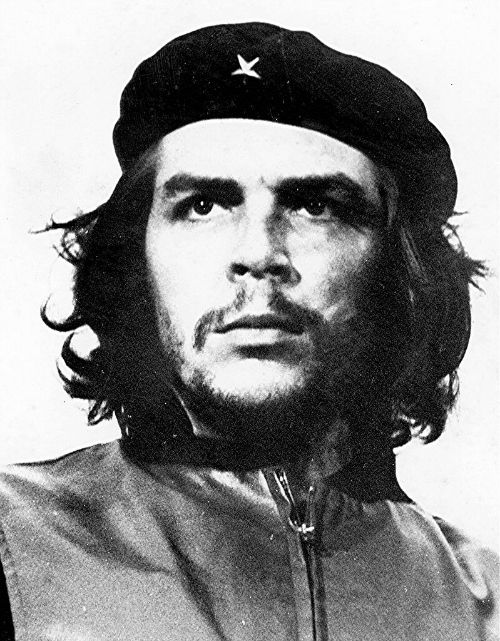
© Alberto Korda
With revolutionary beard, guerrilla beret and trademark cigar, Che Guevara is a universal symbol of Cuban revolutionary spirit. It might be news to some that this quintessentially Cuban hero is actually Argentinian.
Ernesto Guevara was a thrill-seeking medical student when he jumped aboard a rickety old motorbike to explore South America. The 8,000km journey brought Guevara and fellow doctor Alberto Granado into contact with some of the poorest people across the continent. The trip turned the carefree hellraiser into a politically aware young revolutionary.
After meeting Fidel Castro in Mexico, Guevara joined the leader’s near-disastrous invasion of Cuba as a doctor. As the rebel force came under fire, separated in the tropical swamp, Guevara elected to dump his medical equipment and pick up a rifle.
Guevara became a bold military leader and strategist, helping secure victory for the rebels. In the new regime he held several key posts, deciding economic policy and even finding time to personally help to harvest crops.
Still a controversial character, Guevara is a hero to some and a murderous villain to others. Whatever your view, it’s undeniable that Guevara had a great influence on the lives of thousands of people across Latin America.
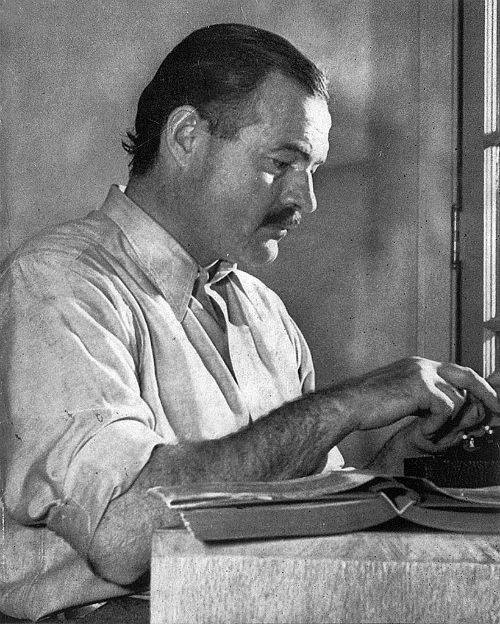
© Lloyd Arnold
A larger than life character, Hemingway moved around the world from one country to another in search of his next adventure. Born just outside Chicago in 1899, Hemingway started out as a journalist before heading to war-torn Italy.
Hemingway resigned from The Kansas City Star in order to drive ambulances for the Red Cross. Within two months Hemingway had been decorated for bravery and hospitalised with shrapnel injuries.
Recovering from his injuries and attempting to return to normal working life, Hemingway tried writing for newspapers again in Chicago and Toronto.
Bored and restless Hemingway moved to Paris, meeting James Joyce, Ezra Pound, Picasso, Miró and Gertrude Stein. Hemingway juggled life as a newlywed with his literary ambitions and working as a war reporter. Paris was the perfect base for experience-hungry Hemingway to explore turbulent Europe and begin his career as a novelist.
Ultimately Hemingway would follow his nose for excitement, taking him to the battlefields of the Spanish Civil War, big game fishing in Cuba and exploring the ruins of Europe in World War II. But it was Hemingway’s years in Paris that opened his eyes to the literary world and refined his timeless style.
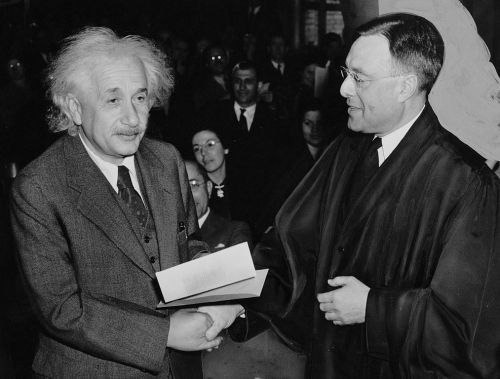
© Al Aumuller
The German-born genius lived in several European countries throughout his life, but he finally settled in Princeton, New Jersey.
His move to the USA wasn’t so much through choice as a necessity. Whilst he was touring the States in 1933, Hitler’s Nazi party came to power in his native Germany. The Jewish Einstein suddenly found himself barred from holding any teaching positions in Germany, and his books were being burned at rallies.
Einstein renounced his German citizenship and visited influential figures in Europe, America and Asia. He tried to persuade politicians to accept Jewish refugees. The campaign allowed influential scientists to escape Nazi oppression, many of whom would go on to work on the Manhattan Project.
Eventually Einstein would receive citizenship in the US (see picture above), but he would continue to campaign for civil rights, this time in America. He opposed segregation and even paid the tuition fees of several black students.
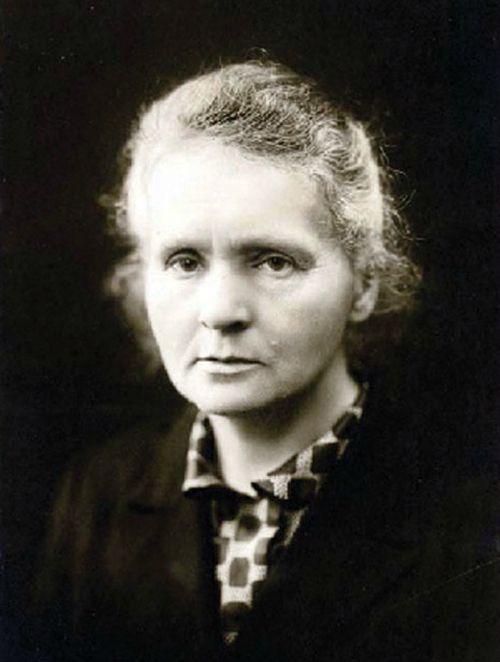
© Christie's
Maria Salomea Skłodowska was Polish born but made her name as Marie Curie in France.
The first woman to win a Nobel Prize, the first person to win two, and still the only person to hold a prize in two different disciplines, Curie’s scientific achievements are undeniable.
Curie had a fierce intellect, and determined ambition carried her to Paris, escaping the sexism in Polish academia. She studied by day and tutored by night in order to pay her school fees, finally graduating in 1893 and finishing a second degree thanks to a scholarship.
At this point she met Pierre Curie, who would share her lab as a well as her life. The couple worked together to investigate radioactivity and magnetism, jointly publishing 32 scientific papers.
Marie would go on to pioneer the use of x-ray photography in battlefield hospitals and radiotherapy for cancer treatment, and also greatly improved the world’s understanding of radioactivity.
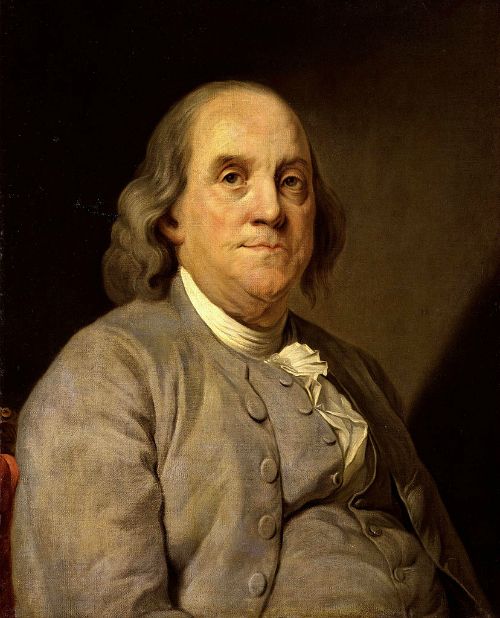
© Joseph-Siffrein Duplessis
A founding father with his face on the $100 bill, Ben Franklin is about as all-American a hero as you could hope to find. Even if he did spend twenty years of his life based in London.
Whole books have been written on Franklin’s epic life and legacy, so it seems impossible to sum him up in this short space. He was an author, a politician, a scientist, a printer, and a postmaster. When he wasn’t busy with all that, Franklin found the time to invent bifocal glasses.
His most influential time in American politics was arguably when the great man was living in London, writing letters back to the fledgling Independence Movement and utilising diplomatic charm to negotiate with the British.
Franklin met and charmed France’s Louis XV, spoke in the Houses of Parliament and was even admitted to the Privy Council. All whilst working for American Independence.
Franklin’s works and legacy are phenomenal and worthy of their own article.
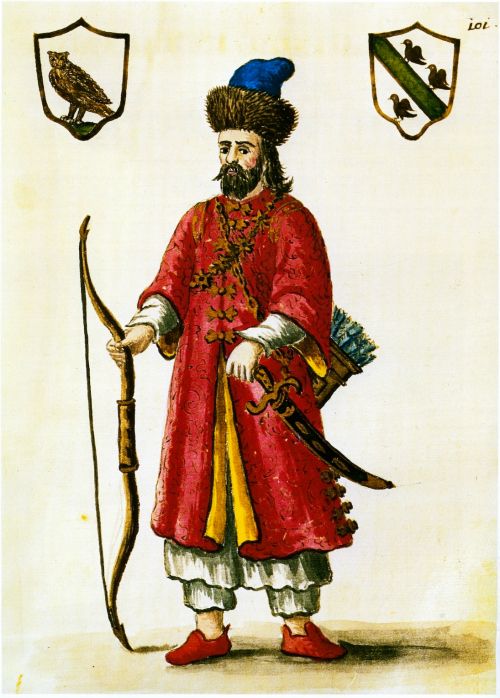
© Grevembrock
Marco Polo is the original expat explorer. Setting out in 1271, Polo travelled with his father and uncle. 24 years and 24,000km later, Polo would return to Venice with pockets full of gemstones and some tales to tell about far-off lands.
Polo’s party travelled through Persia, along the silk road and into China, trekking across the empire to meet Kublai Khan. They carried precious treasures for the Mongol emperor and letters from the Pope. Polo and his companions fought off bandits, and battled through sandstorms and high seas on their epic journey.
Polo’s skill with languages impressed Kublai Kahn, and he spent years as a close advisor to the emperor, recording his experiences in a book of memoirs.
Polo wasn’t the first European to reach China, but he was the first to leave such a detailed record. His writing inspired mapmakers and explorers for generations, including a young Christopher Colombus.
Article by Andy Scofield, International Features Writer

